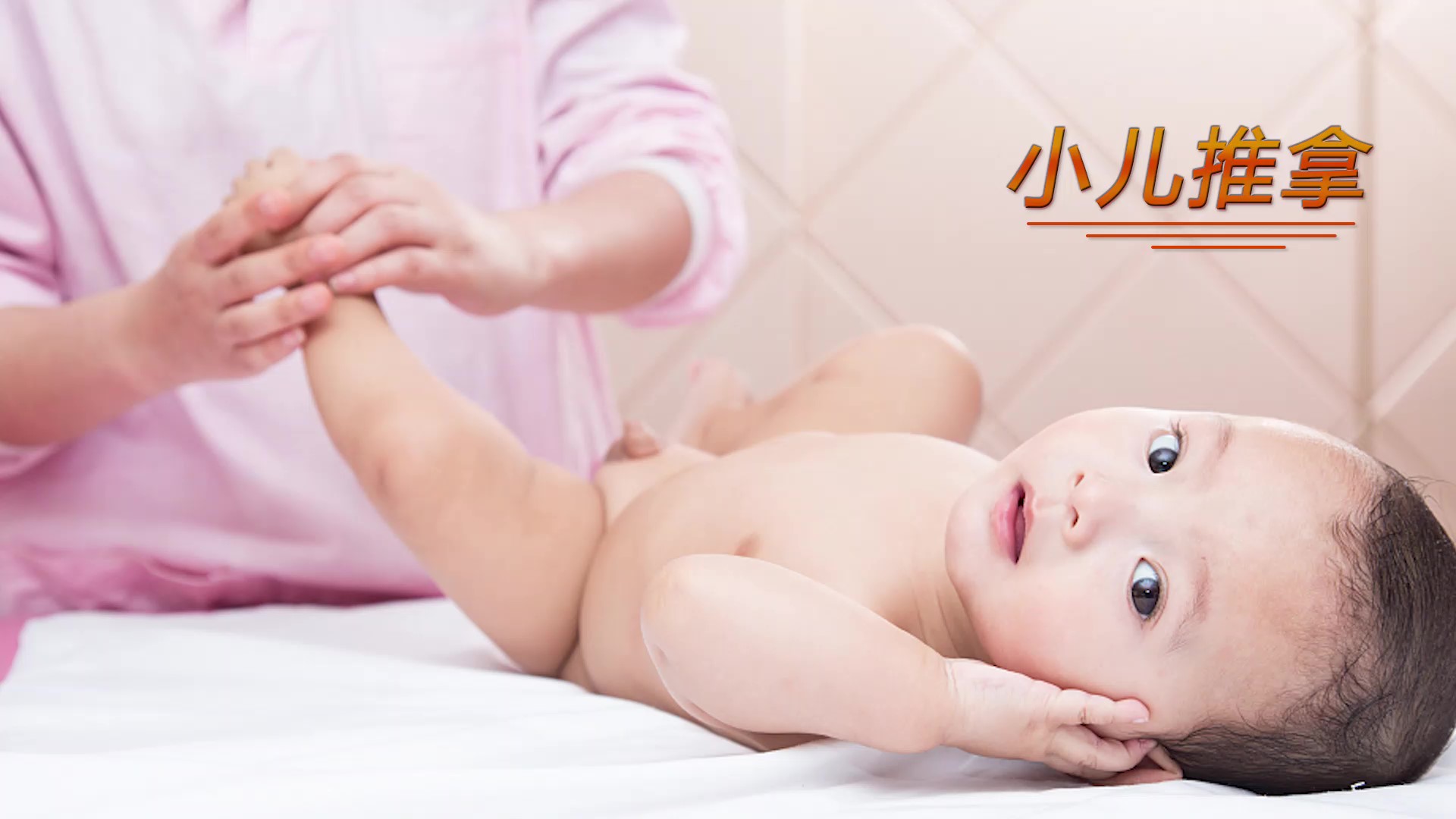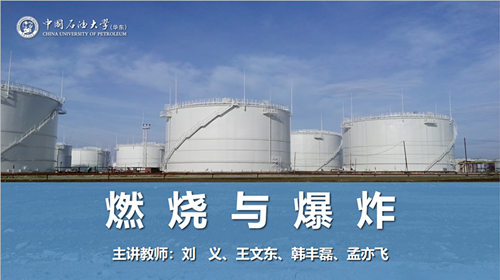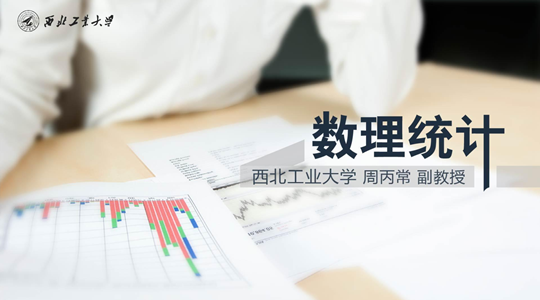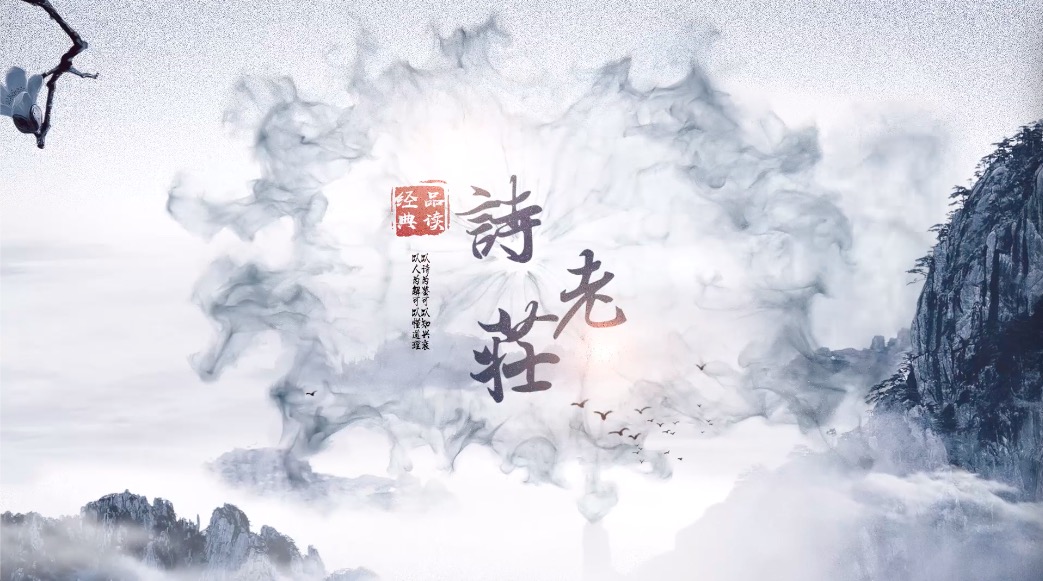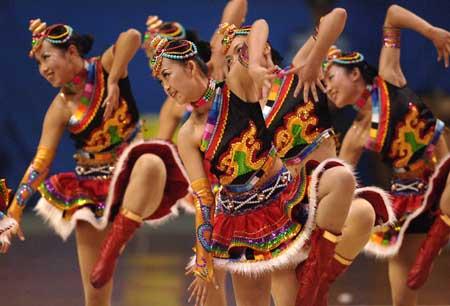
当前课程知识点:Chinese Ceramics > Unit 6 Millennia Celadon Porcelain > 6.2 Yue Kiln and Wuzhou kiln > Yue Kiln and Wuzhou kiln
返回《Chinese Ceramics》慕课在线视频课程列表
大家好 欢迎来到中国陶瓷课
今天我们讲讲越窑与梧州窑
在所有的青瓷窑中
越窑的发展最快 占地面积最大
产品质量最高
越窑影响了周围地区
成为青瓷发展的主导力量
越 窑的名称应该起源于唐朝
指的是窑址和产品的位置
越 窑的名称实际上是
越州 市名 窑的简称
越窑位于浙江省的东北部
它是余姚上林湖一带
青瓷窑的总称
最具特色的是上林湖窑
今余姚县东北30公里处
越窑生产的产品种类繁多
包括罐 盂 香炉 碗 盆 酒杯等
以及瓷狗 小马 小鸡等儿童玩具
越窑青瓷的生产主要依靠龙窑技术
主要材料为瓷石
是云母 石英等元素的混合物
相当于高岭土
长石 石英的化合物
有机物含量低
粘度和吸收性较低
其云母矿物杂质也使其
铁含量相当高0.5%-3%)
应用于青瓷上的石灰石釉光泽强
透明度好 硬度高
只有龙窑的还原火
才能使用具有如此低熔点
低粘度的釉料来形成这种玻璃般的透明感
从而使所有刻在上面的图案
花纹或浮雕都能清晰地出现在人们的眼前
越窑青瓷的烧制温度都在1200摄氏度以上
有时甚至高达1300度
从瓷身和釉料上看
早期越窑青瓷质地细腻 通常为灰色或白色
它被烧到完全凝固的硬度
不再吸水
瓷身覆盖着一层高度均匀的釉层
上釉的部位因器皿和使用的不同而不同
碗 酒杯和盆都有充分的内釉
外釉一直到底部 瓷身没有受到影响
水壶 罐子和其他器皿包括嘴周围
和所有外部都上了釉
而内部则是裸露的
由于瓷身的颜色与釉的颜色互补
因此早期的青瓷有浅色的瓷身和绿色的釉
然而 后来的青瓷有更厚的瓷身
色调更深 釉料更厚
并且仍非常均匀地涂覆
青瓷呈灰绿色
越青瓷的装饰一般有蚀刻
雕刻 雕刻 镂花等
装饰图案包括鹦鹉 龙 凤凰
蝴蝶 鸟 花以及著名人物。
越瓷具有悠久的历史
强大的技术支持和优质的材料
在中国所有青瓷品类中
均获得了 所有窑王 的荣誉
为纪念朝廷
特制了一类最好的越瓷
当时 许多诗人创造了浪漫的诗歌
赞扬了越窑的瓷器
他们生动的语言赞美了越瓷的色彩和光泽
上林湖越窑青瓷器广受赞誉
因为我们可以从明治时代的
日本文学史中找到这些产品的记录
日本诗人石川在诗中写过
关于上林湖青瓷的历史和釉色的信息
通过宁波港口
源源不断的上林湖青瓷
被运往东亚的韩国和日本以及阿拉伯国家
在西亚
直到今天
在印度 伊朗 埃及 日本和其他国家
都存在着原为上林湖出土的青瓷
梧州窑位于当今浙江省中部金华地区
瓷窑遍布整个地区
覆盖面广
经过考古研究
发现了从汉代到明代的
600多个古窑遗址
这一发现揭开了使用时间最长的
异常窑炉的神秘面纱
并在陶瓷历史上
占据了相对重要的位置
梧州瓷釉上常形成斑点。
表面不规则
相当粗糙 它的回火
和玻璃化程度低
它们是绿色的 有时还混有黄色的
表面上的许多裂纹
通常包含突出的黄色结晶物质
是梧州瓷器的独特特征
在梧州窑瓷发展的中期阶段
该地区的瓷土资源变得稀疏
难以开采
因此
工匠使用易于开采的
当地红土来用作瓷体
但是 由于红土的氧化铁和氧化钛含量较高
因此烧成后变成深紫色
从而破坏了绿色釉的质量
因此 一层细的白色敷料粘土
被用来覆盖身体
在下面的化妆品粘土的情况下
釉料显得光滑柔软
呈现出绿色或黄绿色的一点褐色.
但是 与带有瓷土的瓷器相比
釉中的裂纹和
结晶更加明显
在梧州窑的后期
创造了新的型号和类型的瓷器
这更好地证明了较薄的坯体顶部的光泽釉质
装饰方法也有了新的突破
今天就到这里
谢谢观看 下次再见
-1.1 Introduction
-1.2 Ceramics in Neolithic, East Han and Wei-Jin Dynasties
--Ceramics in Neolithic, East Han and Wei-Jin Dynasties
-1.3 Sui and Tang dynasties and Song Dynasty ceramics
--Sui and Tang dynasties and Song Dynasty ceramics
-1.4 Ming and Qing Dynasties
-Unit 1 test
--Unit 1 test
-Discussion questions
-2.1 The Unique Chinese Ceramic Culture
--The Unique Chinese Ceramic Culture
-2.2 The Historical Development of Chinese Ceramic Making
--The Historical Development of Chinese Ceramic Making
-2.3 Chinese Ceramic Shape Art
-2.4 Chinese Ceramic Painting Art
--Chinese Ceramic Painting Art
-2.5 Chinese Ceramic Folk Stories
--Chinese Ceramic Folk Stories
-Unit 2 test
--Unit 2 test
-Discussion questions
-3.1 CeramicCulture and the Zodiac
--CeramicCulture and the Zodiac
-3.2 The heritage of traditional ceramic culture
--The heritage of traditional ceramic culture
-3.3 The development and innovation of ceramic art
--The development and innovation of ceramic art
-Unit 3 test
--Unit 3 test
-Discussion questions
-4.1 Gorgeous Colored Pottery
-4.2 The Method of Making Colored Pottery
--The Method of Making Colored Pottery
-4.3 Primitive Colored Pottery Ⅰ
-4.3 Primitive Colored Pottery Ⅱ
-4.3 Primitive Colored Pottery Ⅲ
-4.4 Black Earthenware
-4.5 White Pottery and Primitive Porcelain
--White Pottery and Primitive Porcelain
-Unit 4 test
--Unit 4 test
-Discussion questions
-5.1 Terracotta Warriors in Qin Dynasty
--Terracotta Warriors in Qin Dynasty
-5.2 Potteries in Han Dynasty
-Unit 5 test
--Unit 5 test
-Discussion questions
-6.1 Dragon kiln and Celadon
-6.2 Yue Kiln and Wuzhou kiln
-6.3 Deqing Kiln and Ou kiln
-6.4 Longquan Wares
-6.5 Yaozhou Wares
-Unit 6 test
--Unit 6 test
-Discussion questions
-7.1 Tang Tri-Colored Pottery
--7.1 Tang Tri-Colored Pottery
--7.1 Tang Tri-Colored Pottery
-7.1Tang Tri-Colored Pottery
--7.1 Tang Tri-Colored Pottery
--7.1 Tang Tri-Colored Pottery
-Discussion questions
-Unit 7 test
--Unit 7 test
-8.1 The flourishing age of the Song Dynasty
--8.1 The flourishing age of the Song Dynasty
-8.2 The flourishing age of the Song Dynasty
--8.2 The flourishing age of the Song Dynasty
-8.3 Ding Wares
-8.4 Ru Wares
-8.5 Guan Wares
-8.6 Ge Wares
-8.7 Jun Wares
-Discussion questions
-Unit 8 test
--Unit 8 test
-9.1 Reasons for the maturity of Qinghua porcelain in Yuan Dynasty
--9.1 Reasons for the maturity of Qinghua porcelain in Yuan Dynasty
-9.2 The Invention of Blue-and-white Porcelain in the Tang Dynasty
--9.2 The Invention of Blue-and-white Porcelain in the Tang Dynasty
-9.3 Fine China Ware became the Symbol of ChinaⅠ
--9.3 Fine China Ware became the Symbol of ChinaⅠ
-9.3 Fine China Ware became the Symbol of ChinaⅡ
--9.3 Fine China Ware became the Symbol of ChinaⅡ
-9.3 Fine China Ware became the Symbol of ChinaⅢ
--9.3 Fine China Ware became the Symbol of ChinaⅢ
-9.4 The charm of QinghuaⅠ
-9.4 The charm of QinghuaⅡ
-9.4 The charm of QinghuaⅢ
-Discussion questions
-10.1 Da Ming Wucai
-10.2 Wooden engravings influence on Wucai porcelain
--10.2 Wooden engravings influence on Wucai porcelain
-10.3 Kangxi Wucai
-10.4 Liling Under-glaze multicolored porcelainⅠ
--10.4 Liling Under-glaze multicolored porcelainⅠ
-10.4 Liling Under-glaze multicolored porcelainⅡ
--10.4 Liling Under-glaze multicolored porcelainⅡ
-Discussion questions
-11.1 The advent of Fencai
-11.2 Fencai Porcelain in the Yong zheng period
--Fencai Porcelain in the Yong zheng period
-11.3 Fencai Porcelain in the Qianlong Period
--Fencai Porcelain in the Qianlong Period
-Discussion questions
-13.1 Zisha-pottery
-13.2 The Zisha Teapot
-13.3 The Zisha tea set in the Ming Dynasty
-Discussion questions
-14.1 Development of Contemporary Chinese ceramic art
--14.1 Development of Contemporary Chinese ceramic art
-14.2 The internationalization trend of Chinese modern ceramics
--14.2 The internationalization trend of Chinese modern ceramics
-14.3 A new style of contemporary ceramic art Ⅰ
--14.3 A new style of contemporary ceramic artⅠ
-14.3 A new style of contemporary ceramic art Ⅱ
--14.3 A new style of contemporary ceramic art Ⅱ
-14.4 The Trade of the Artisans Ⅰ
--14.4 The Trade of the Artisans Ⅰ
-14.4 The Trade of the Artisans Ⅱ
--14.4 The Trade of the ArtisansⅡ
-Discussion questions
-15.1 Unique Cloisonné technique
--15.1 Unique Cloisonné technique
-15.2 The Craftsmanship and Development of Cloisonné
--15.2 The Craftsmanship and Development of Cloisonné
-15.3 The Problems Facing the Inheritance of Cloisonné
--15.3 The Problems Facing the Inheritance of Cloisonné
-15.4 The inheritance and development of Cloisonné
--15.4 The inheritance and development of Cloisonné
-Unit 15 Test
--Unit 15 Test
-Discussion questions
-16.1 Appreciation of Chinese ceramics
--16.1 Appreciation of Chinese ceramics
-16.2 Explore the origins of ancient ceramics Ⅰ
--16.2 Explore the origins of ancient ceramics Ⅰ
-16.2 Explore the origins of ancient ceramics Ⅱ
--16.2 Explore the origins of ancient ceramics Ⅱ
-Unit 16 Test
--Unit 16 Test
-17.1 Traditional Chinese Decorative Patterns
--17.1 Traditional Chinese Decorative Patterns
-17.2 Application of Traditional Chinese decorative patterns in ceramics
--17.2 Application of Traditional Chinese decorative patterns in ceramics
-Unit 17 Test
--Unit 17 Test
-Discussion questions
